GGR evaluation
The GGR evaluation framework is a set of harmonised, science-based criteria to evaluate how much CO2 projects remove, for how long, and whether these projects are sustainable in the longer-term
Home >
The CO2RE evaluation framework is a tool to assess GGR projects, allowing evaluation and cross-comparison of different GGR methods on a coherent and consistent basis. The framework uses a set of harmonised, science-based criteria to evaluate how much CO2 projects remove, for how long, and whether these projects are sustainable in the longer-term. Our sustainability indicators test for: impacts or benefits for the natural environment; interactions with society; the viability and sustainability of business models; and, how the GGR project interacts with technical and legal systems. See more detail on each of these dimensions below.
Evaluation dimensions
Removal
- Life cycle GHG balance
- Permanence of storage
- Timing of removal
Environmental
- Land and sea
- Biodiversity
- Water, air, soil
Social
- Social readiness
- Socio-cultural factors
Systems
- Technical compatibility
- Resource use efficiency
- Economic costs
Business models
- Clarity of value proposition
- Value capture and revenue model
Legal
- Applicable control regimes
- Applicable support mechanisms
Quality of reporting
(cross-cutting)
- System boundaries
- Counterfactual definition
- MRV
Removal
The primary reason for developing GGR is to remove greenhouse gases from the atmosphere, to slow down or even reverse global warming. There are multiple ways of removing greenhouse gases from the atmosphere, each of them being characterised by different supply chains and impacts. It is critical to understand how much removal each GGR provides over its full life cycle and the climatic merit of this removal; in other words, how fast this removal can be delivered, and for how long the sequestered carbon is stored away from the atmosphere.

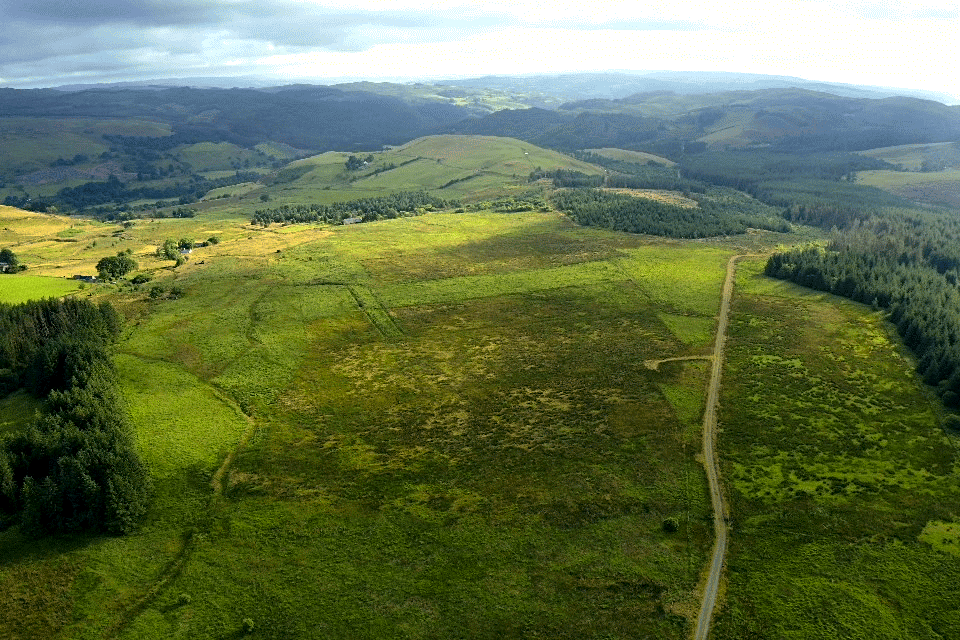
Environmental
To appraise GGR options, we must not only assess their potential role in climate change mitigation, but also their wider environmental impacts. GGR can require land, water, energy, and other inputs, which may be associated with resource competition or depletion, and raise pollution concerns. For land-based GGR, we need to consider the ecological impacts of different land-uses and management practices. In some cases these impacts may be positive: some land-based GGRs deployed in appropriate locations have the potential to assist in biodiversity recovery, ecosystem restoration, and climate adaptation, alongside their climate benefits. A comprehensive environmental indicator framework can guide reducing or avoiding negative impacts, and supporting the delivery of co-benefits from GGR deployment.
GGR doesn’t just take place in a lab. As they are being developed, techniques will interact with communities and society – in fields, forests, towns and cities. Therefore it is vital that we consider people’s opinions, their attitudes, and their reactions to GGR proposals. We know that public attitudes are crucial for the ethical and effective development of new technologies – for example, that they are safe, and are developed in a responsible way. This dimension tests GGR proposals according to their impact on people and society. Importantly, we know that different people might react in different ways. Therefore we include indicators which show which types of proposal different people might prefer, depending on their values or ‘worldview’. The questions are designed to enable innovators to spot areas in which a project might encounter societal risks, so that action can be taken.

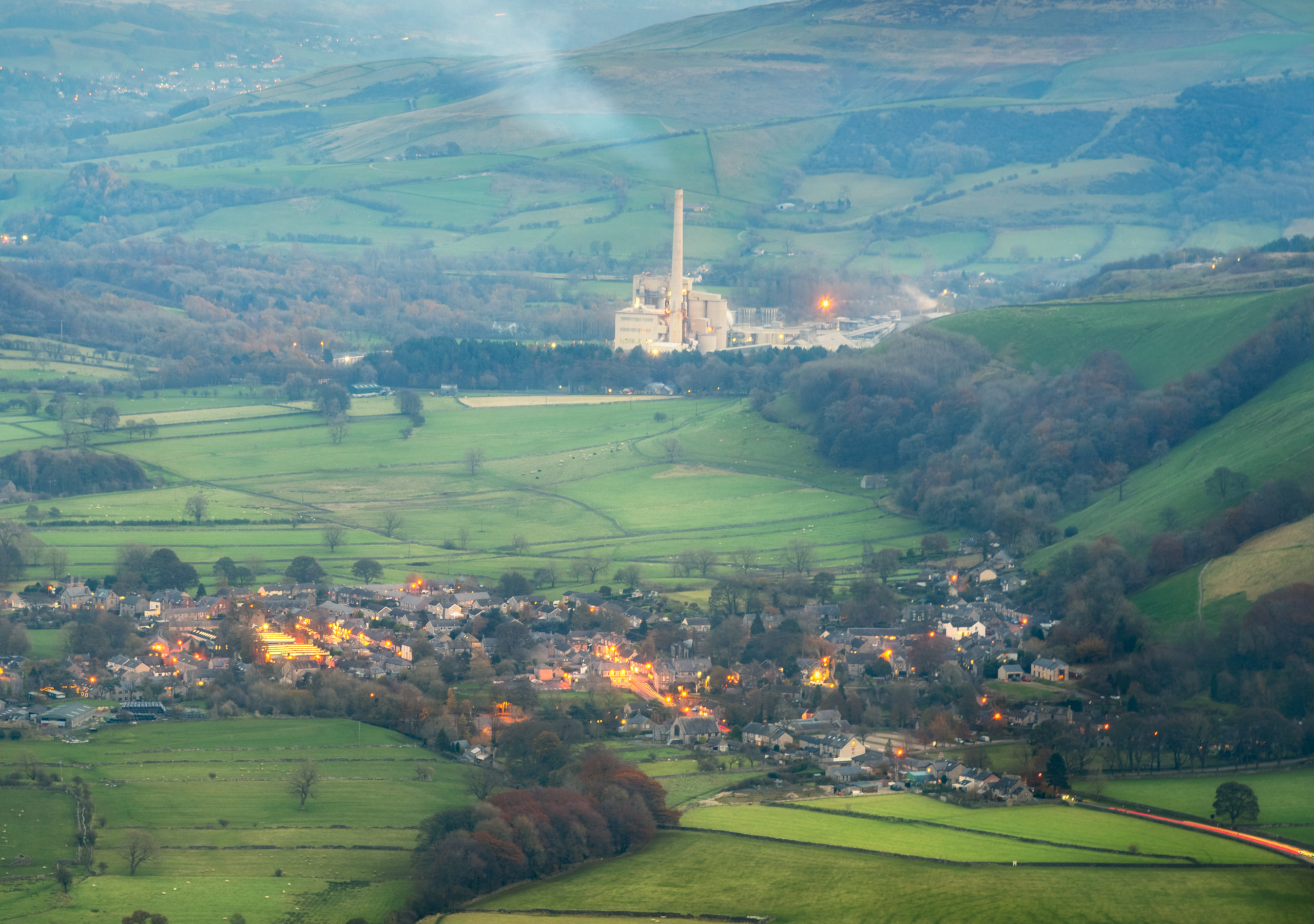
Systems
Most GGR options interact strongly with energy systems, as the CO2 removal processes consume some form of energy, i.e. heat, electricity or fuel. They also require different levels of biophysical resources, such as water, land and biomass for their continuous operation. With more efforts directed towards GGR over time, the competition for natural and financial resources between critical activities, such as food production, energy supply and emission mitigation, will inevitably increase. It is therefore vital to deploy GGR as efficiently as possible — maximising CO2 removal with the minimum use of resources.
Business models
A business model is a representation of an organisation’s strategic choices for creating, capturing and sharing value. These choices can enable the deployment of GGR by matching the needs of different stakeholders and developing new collaborations in the value chain. But they also have the potential to lock in certain ways of providing GGR-related goods and services that might hinder collective goals. This dimension focuses on understanding how to identify and support business models that help us reach net-zero in ways that are sustainable and just over time.


Legal
An adequate legal regime is important for a timely and sustainable scaling up of nascent technologies including GGRs. The regulatory regime can provide GGR with support and establish it as a viable business case. On the other hand, it can hamper its deployment by inappropriate burdens and unnecessary red tape. This dimension establishes a framework for evaluating the law and governance of GGR, and whether said regimes support or hinder the GGRs and their sustainable scaling up in the UK.
Quality of reporting
(cross-cutting)
The reporting quality criteria underpin the whole evaluation framework. To ensure consistent and reproducible evaluation across all dimensions, we are working to define consistent guidelines covering the definition of GGR system boundaries, the definition of the counterfactual scenario(s), that is what would happen in the absence of GGR deployment, and Monitoring, Reporting and Verification (MRV) GGR specific guidelines.
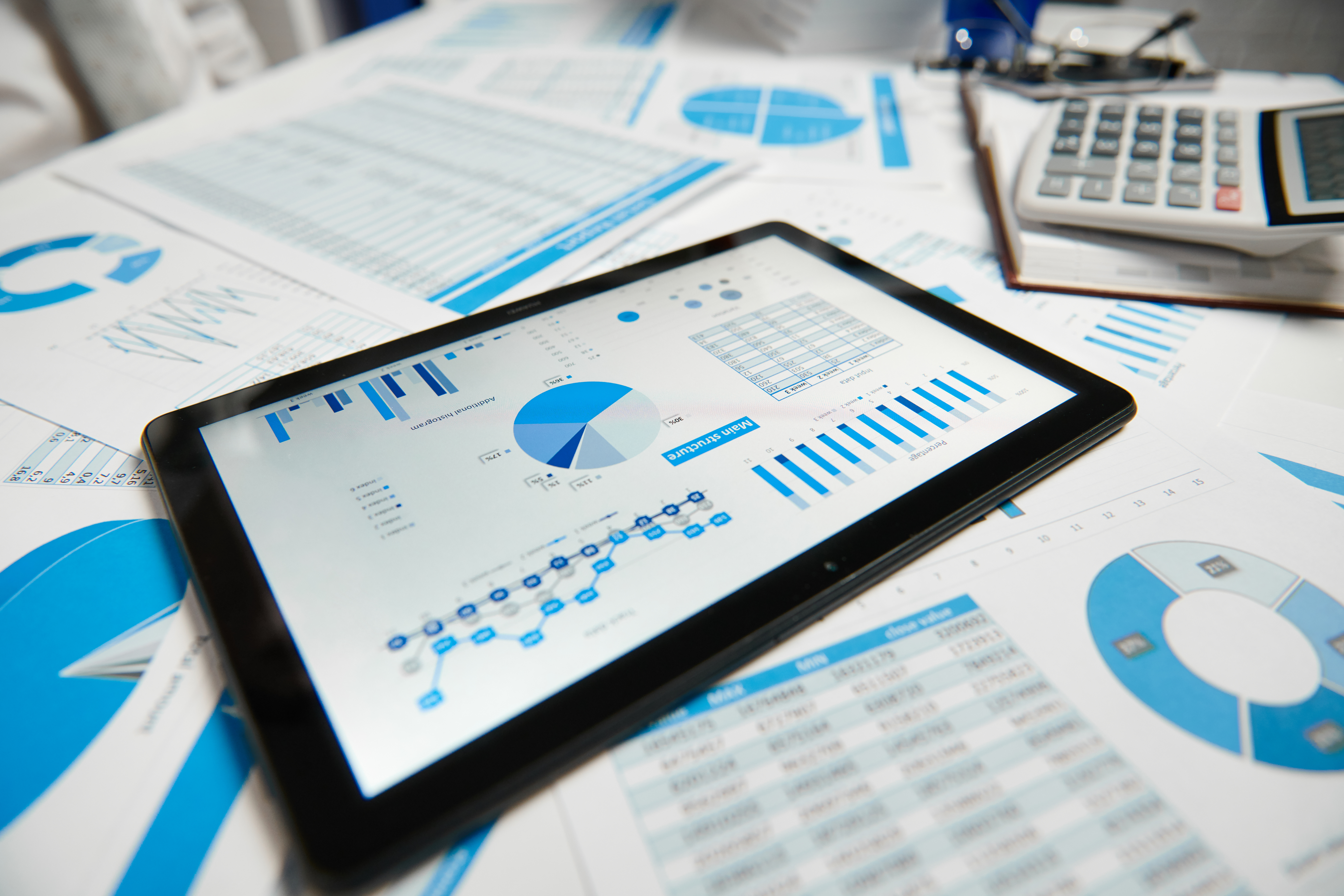
We are continuously improving these criteria and guidelines in consultation with our stakeholders.
Evaluation framework development timeline
The framework has been co-produced with a wide variety of stakeholders, to derive a robust set of dimensions and indicators that are relevant to various decision-makers. Co-production of the evaluation framework has taken place over two key phases. In the first phase, indicators were tested for soundness and completeness at five stakeholder workshops, prior to the publication of the first version in May 2022 (α-testing). In a second phase (β-testing), further stakeholder workshops and a public workshop provided additional opportunities to co-evolve the indicators. During this second phase the indicators were also tested on actual projects through technical workshops with each of the five GGR-D demonstrator projects and with six projects from DESNZ’s GGR innovation programme. This allowed data availability across dimensions to be mapped. A second version of the evaluation framework is scheduled for August 2025.
Other research and engagement activities have fed into specific parts of the evaluation framework, including a stakeholder workshop on MRV in July 2023 and workshops on regulatory mapping during 2025. A cross-GGR-D programme working group on LCA-MRV has carried out detailed mapping of data quality for the Removal and Environmental dimensions. The work has had broader value: the data collection has enabled integration of GGR into the UK-Times model, while the wider LCA-MRV discussions fed into CO2RE support to the UK government on Mission Innovation: MI-CDR LCA technical track and informed BSI’s minimum standards.
The development and improvement of indicators will continue over the duration of the GGR-D Programme, until September 2025, when the programme partially closes. See below some key dates.
Evaluation Framework leads
The evaluation framework development is coordinated by Dr Isabela Butnar, UCL. Each of these evaluation dimension is led by a member of CO2RE, in charge of ensuring that the indicators are scientifically sound and that the latest science is incorporated as we learn from our five Demonstrator projects and other GGR demonstration and use and in the UK and abroad. The leads are also coordinating the testing of each indicator set with a comprehensive set of stakeholders, to remain relevant over time.
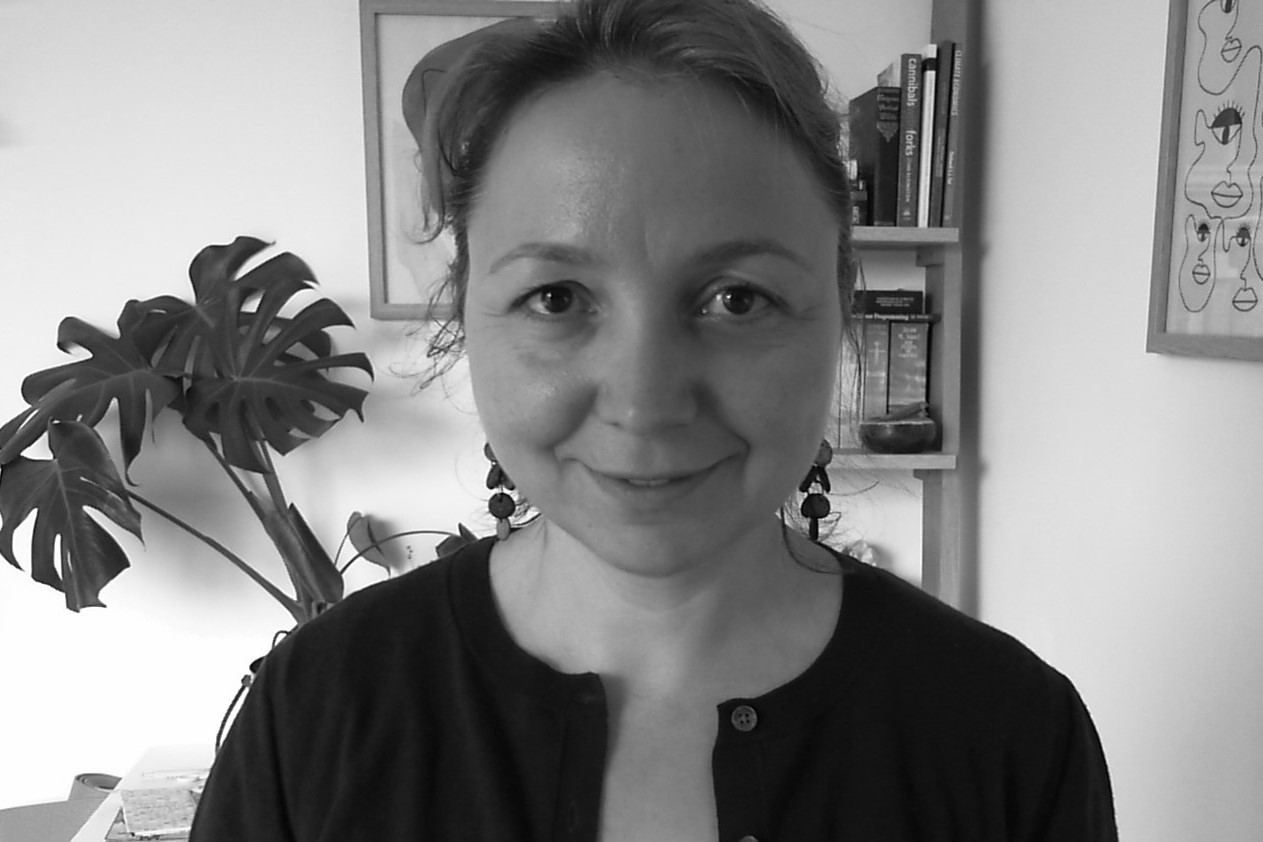
Dr Isabela Butnar
UCL
Removal, and Evaluation Framework lead

Prof Stuart Hazeldine
University of Edinburgh
Permanence
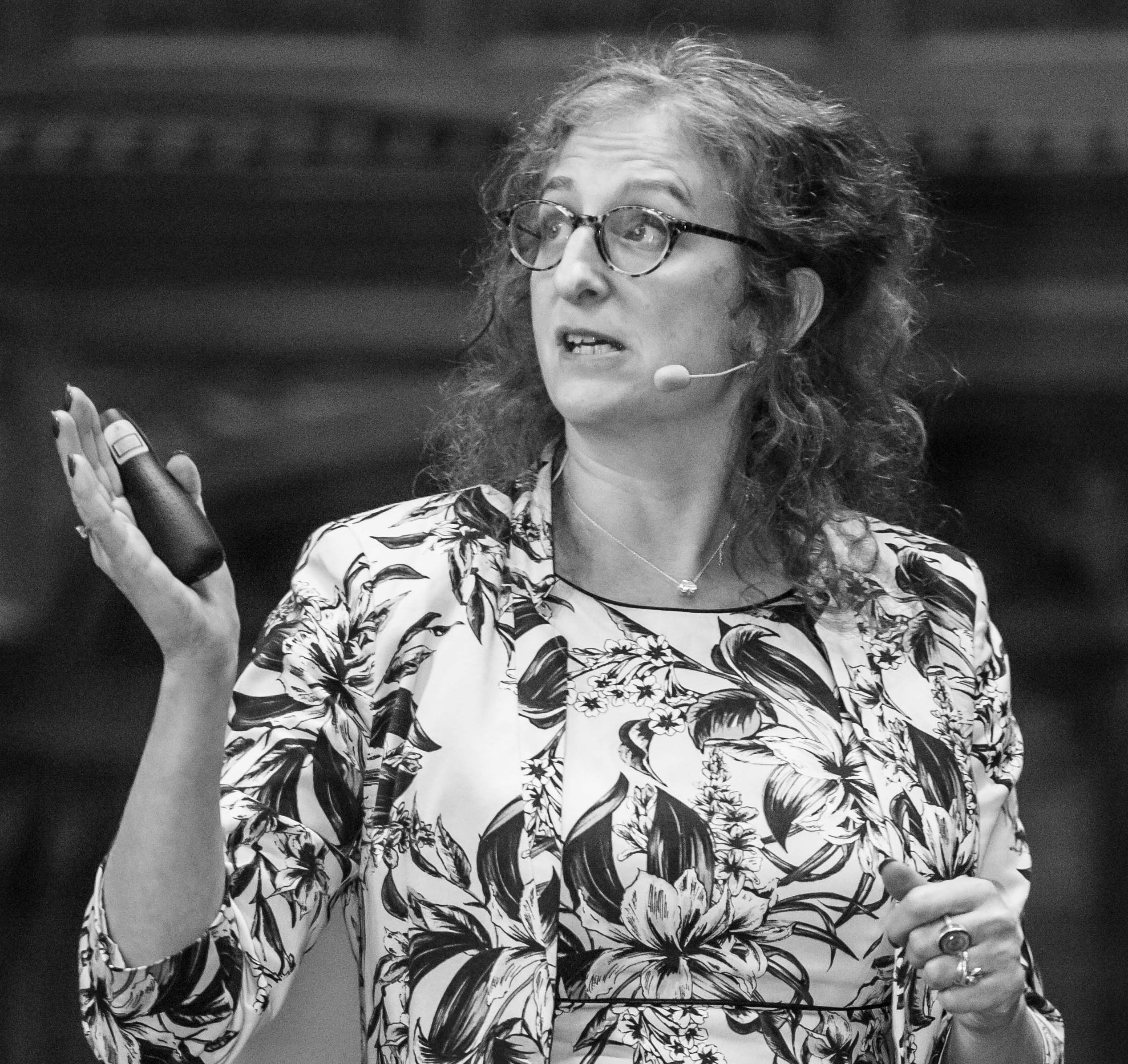
Dr Jo House
University of Bristol
Environment and MRV

Dr Rob Bellamy
University of Manchester
Social

Prof Niall Mac Dowell
Imperial College London
Systems

Dr Aoife Brophy
University of Oxford
Business models

Navraj Singh Ghaleigh
University of Edinburgh
Legal
Do you have feedback?
Help us refine and improve the Evaluation Framework. Get in touch using the form below or email co2re@smithschool.ox.ac.uk.
Social